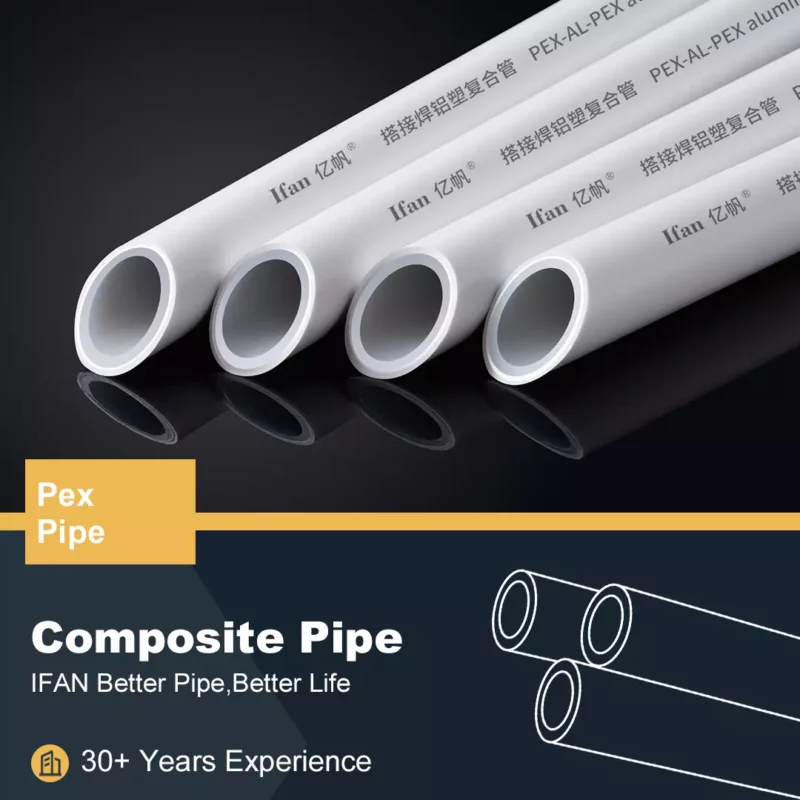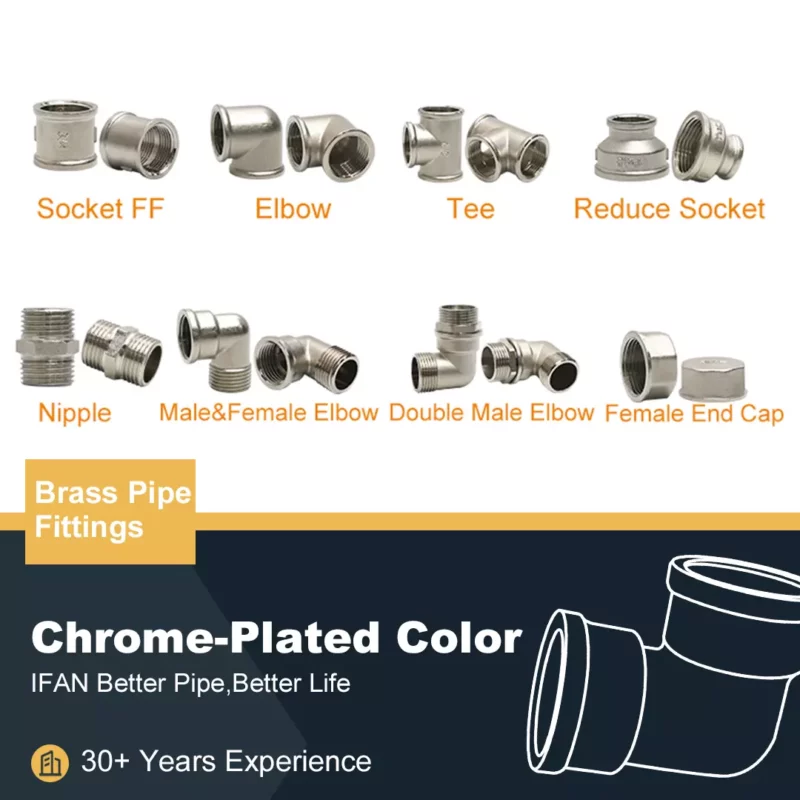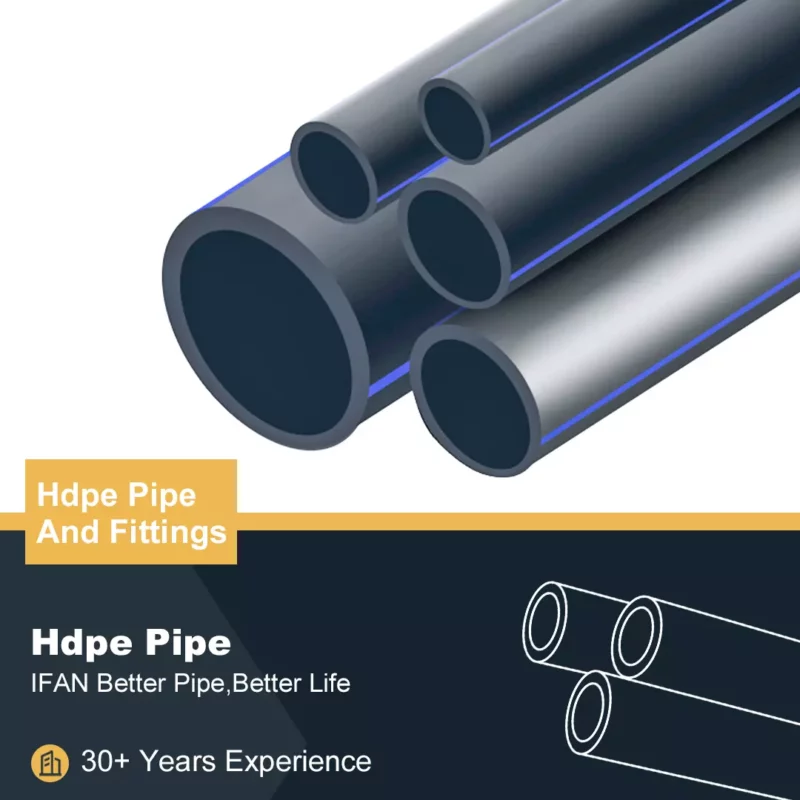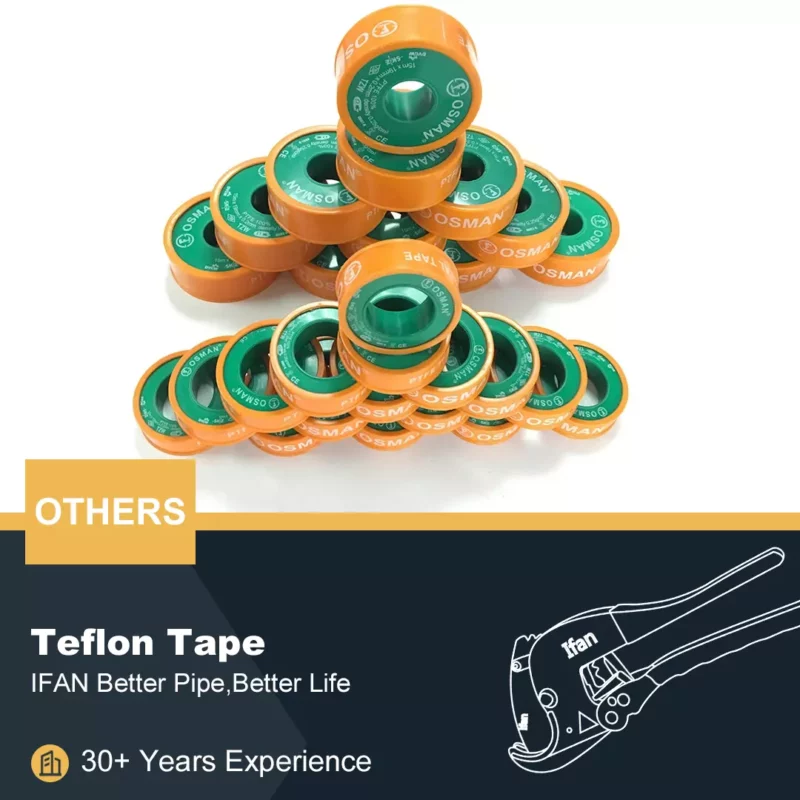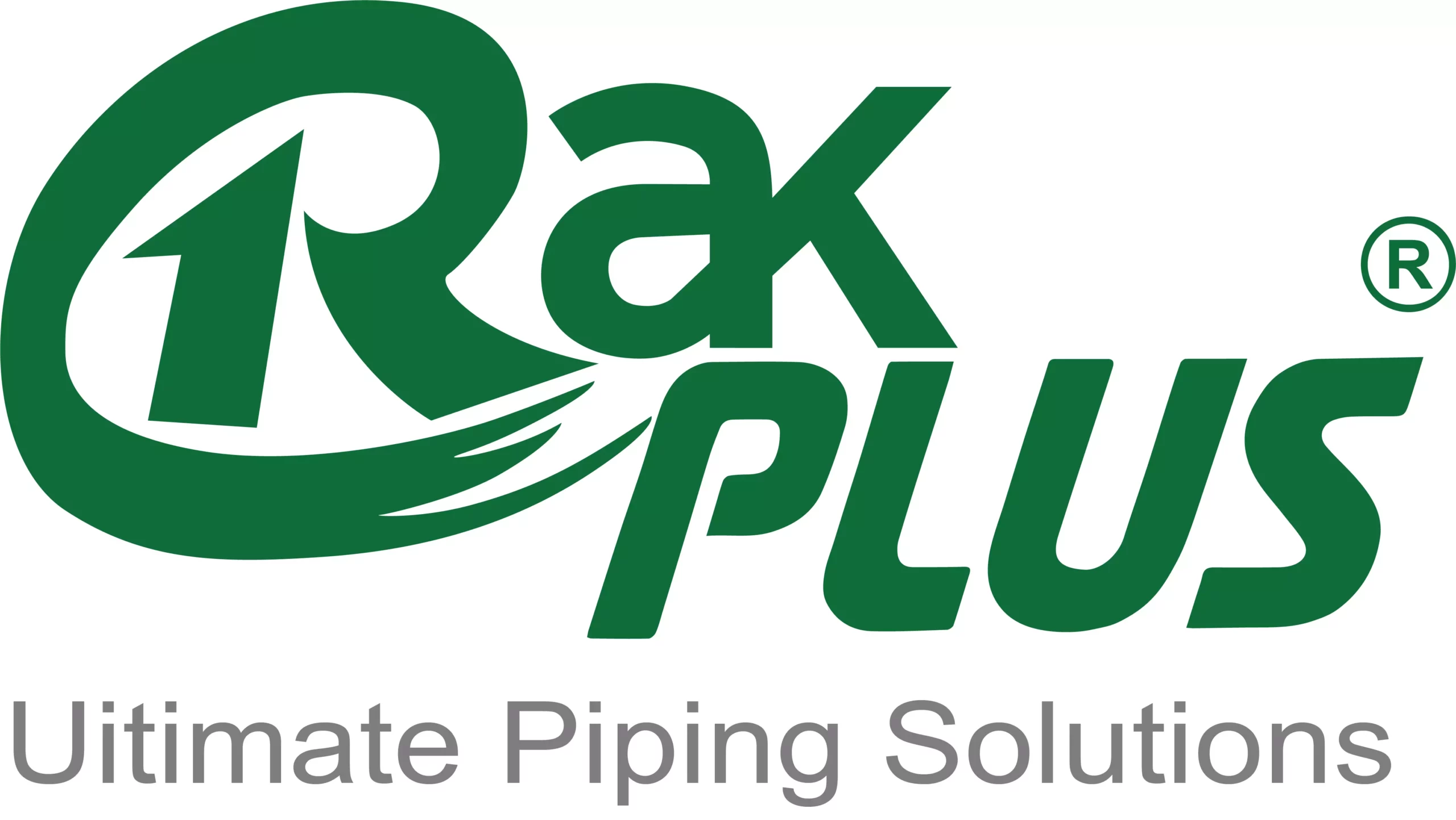Introduction to pipe fittings
According to the different ways of classifying connecting pipes. Pipe fittings can be divided into four categories: socket fittings, flange fittings, welded fittings and threaded fittings. Which are made of different materials from pipes. However, steel is managed by socket fittings. And welded fittings are divided into fittings with welded seams and fittings without welded seams.
The classification of fittings according to the passage of fittings can be divided into six types. Pipe and pipe interconnection of fittings. Including flange fittings, pipe fittings, tube fittings, pipe clamp fittings, etc. Fittings used to change the direction of the pipe. Including bend fittings and elbow fittings.
Fittings used to change the diameter of the pipe. Including reducer fittings (i.e. reducer fittings), reducer elbow fittings. Branch pipe table fittings, reinforcing pipe fittings. Fittings used to fittings to increase the branching of the pipeline. Including tee fittings and Stone fittings. Fittings for sealing the pipeline, including gasket fittings, head fittings, flange blind fittings. Pipe plug fittings and welded plug fittings. Fittings for fixing the pipeline, including snap ring fittings. Decoupling fittings, hanger fittings, bracket fittings and bracket fittings, etc.

Standards for pipe fittings
The system of standards for the application of pipe fittings includes the following.
- the system of standards for the application of fittings in Germany and the former Soviet Union.
- the British and French systems of standards for the application of fittings.
- the ISO, the International Organisation for Standardisation, system of standards for the application of pipe fittings.
There are three methods of expressing the wall thickness of steel tubes. one is the tube table number, one is the tube wall thickness dimension and one is the tube weight. - the tube table number is Sch. indicating the wall thickness, which is the ratio of the allowable stress of the material at design pressure and design temperature multiplied by 1000 and rounded to the calculated value;
- ANSIB 36.10 has the following wall thickness grades: Sch 10, 20, 30, 40, 60, 80, 100, 120, 140, 160, a total of ten grades. while ANSIB 36.19 has four wall thickness grades, namely Sch 5s, 10s, 40s and 80s.
Contact IFAN
IFAN has 30+ years of experience in the plumbing industry. If you are looking for suppliers of ppr pipe fittings, please visit our website, you will get the price and other detailed information about ppr. Welcome to contact IFAN, this is our Whatsapp: +86 13373827623











